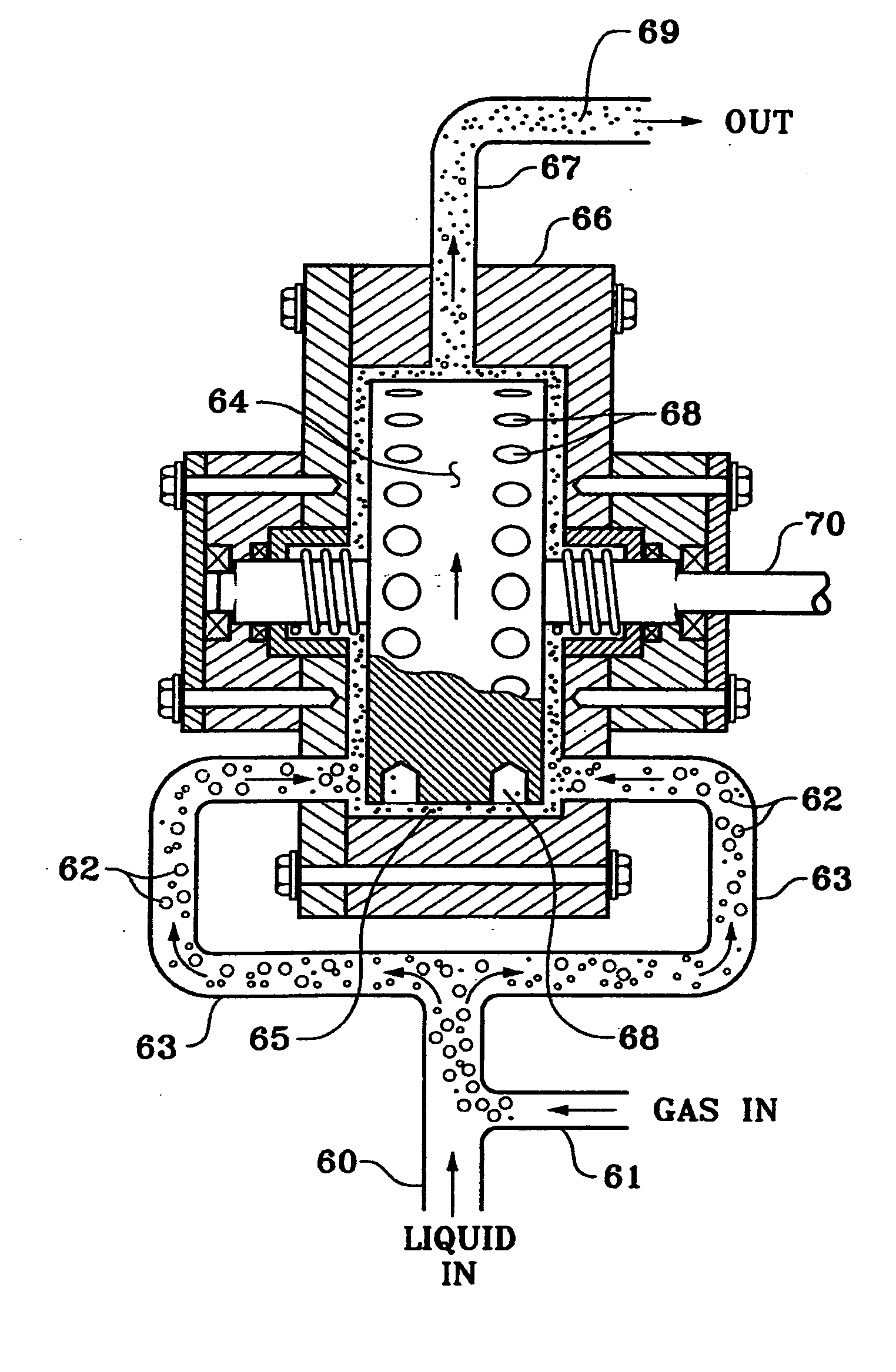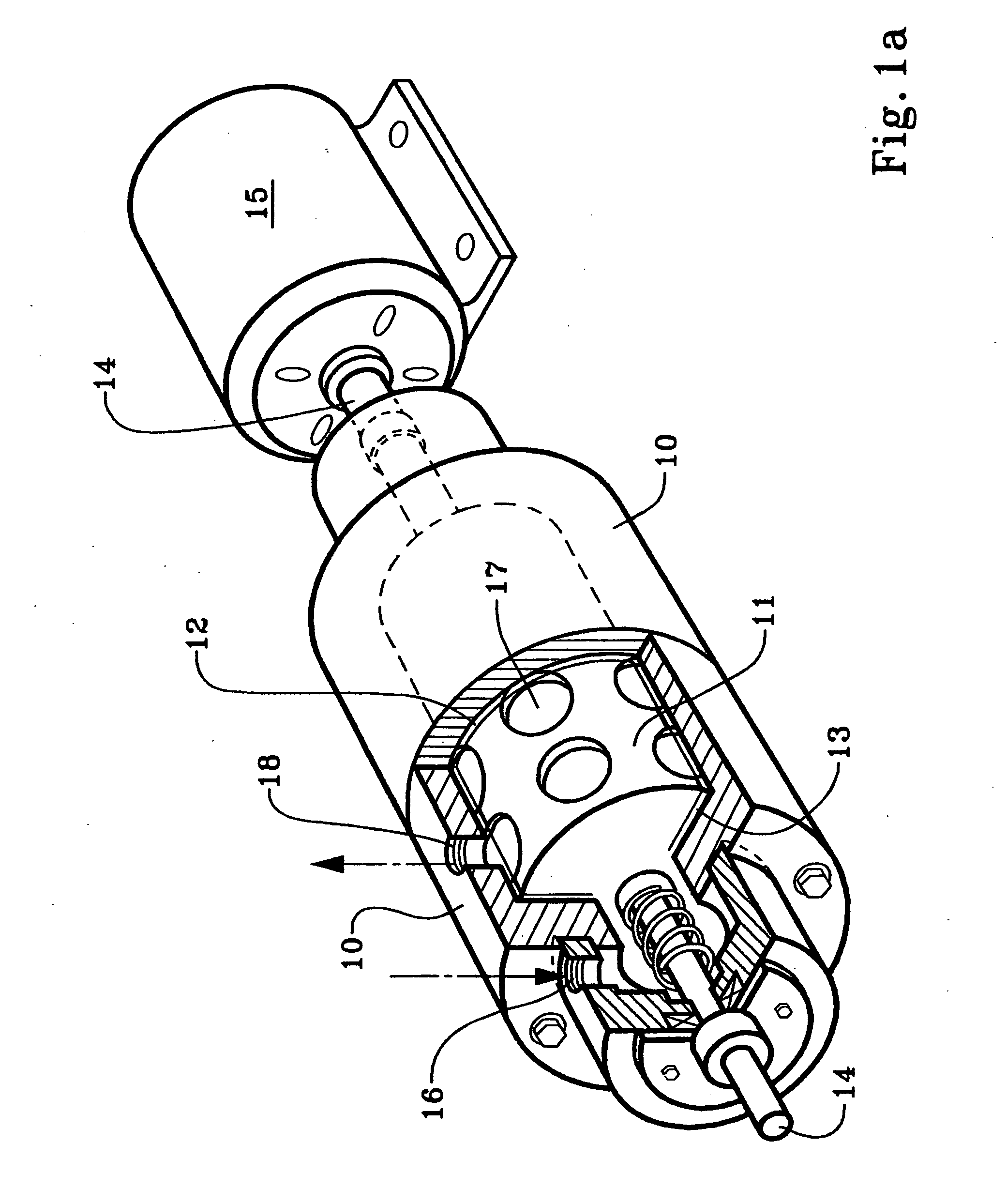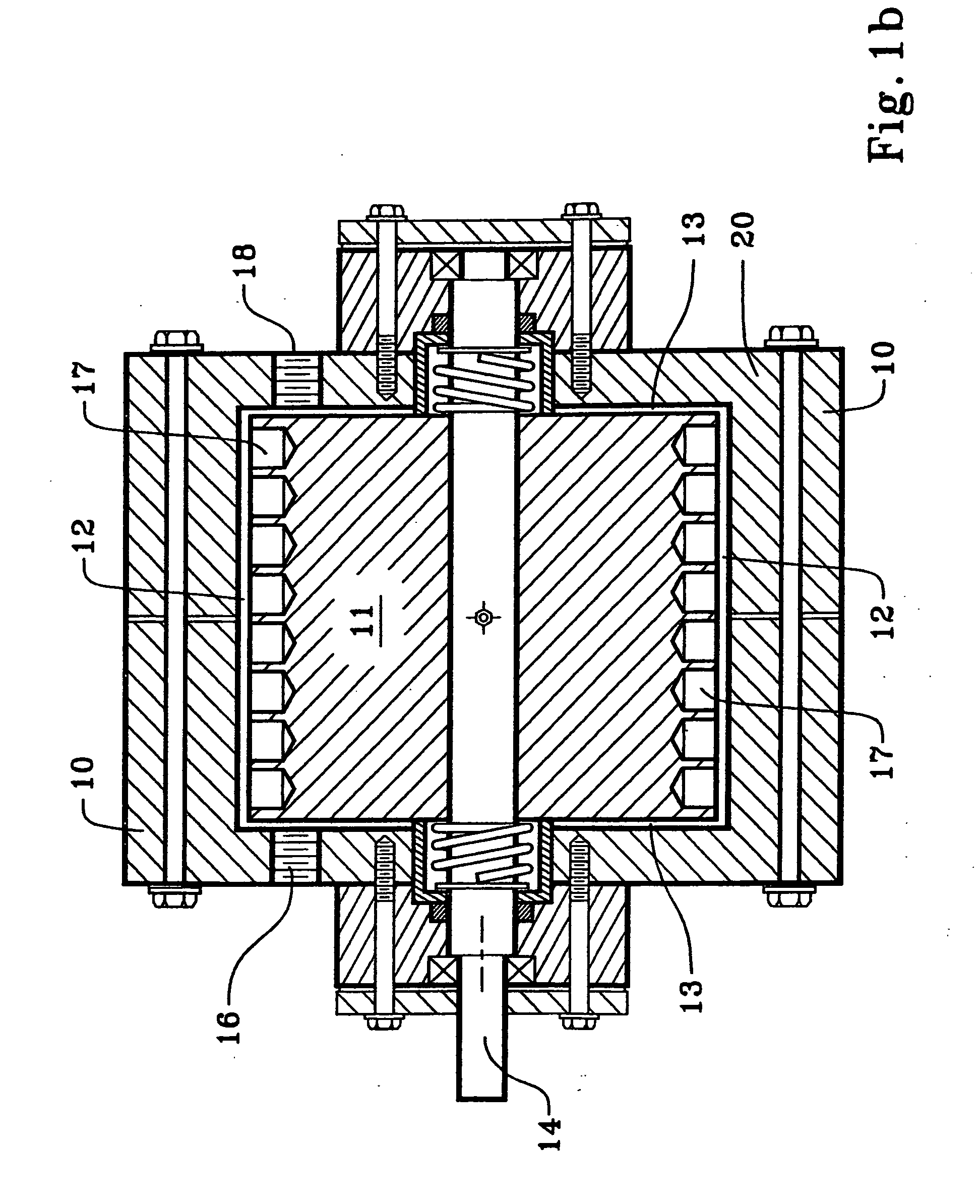Method of removing dissolved iron in aqueous systems
a technology of dissolved iron and aqueous systems, applied in separation processes, transportation and packaging, borehole/well accessories, etc., can solve the problems of long time-consuming and laborious removal of dissolved iron, fluid contamination, fluids may or may not have further practical or economic value, etc., to reduce the detrimental effects of polymers through breakdown and/or viscosity reduction, and accelerate the oxidation rate of iron species, the effect of reducing the detrimental effect of polymers
- Summary
- Abstract
- Description
- Claims
- Application Information
AI Technical Summary
Benefits of technology
Problems solved by technology
Method used
Image
Examples
example
[0047]please refer to FIG. 4.
[0048]Five gallons of a used oilfield brine having a density of 19.8 ppg (pounds per gallon), including a high concentration of zinc bromide and 700 ppm (parts per million) soluble Fe were placed in a small tank 52. The tank was fitted with an inlet tube 42 and an outlet conduit 43. Outlet conduit 43 leads to a pump 44, which sent the brine to the cavitation device 45. A compressed air source supplied a substantially constant stream of air at a pressure of 20 psi (pounds per square inch) into the cavitation device, introduced to the brine through compressed air line 46 before it was subjected to the mixing effect of cavitation device 45. Calcium oxide was added directly to the tank 52 but can be added to the brine in outlet conduit 43 alternatively. In the cavitation device 45, the brine, air, and calcium oxide were intimately mixed while the temperature was elevated somewhat; the mixture, now including oxidation reaction products, was sent from the cavi...
PUM
| Property | Measurement | Unit |
|---|---|---|
| Temperature | aaaaa | aaaaa |
| Temperature | aaaaa | aaaaa |
| Length | aaaaa | aaaaa |
Abstract
Description
Claims
Application Information
 Login to View More
Login to View More - R&D
- Intellectual Property
- Life Sciences
- Materials
- Tech Scout
- Unparalleled Data Quality
- Higher Quality Content
- 60% Fewer Hallucinations
Browse by: Latest US Patents, China's latest patents, Technical Efficacy Thesaurus, Application Domain, Technology Topic, Popular Technical Reports.
© 2025 PatSnap. All rights reserved.Legal|Privacy policy|Modern Slavery Act Transparency Statement|Sitemap|About US| Contact US: help@patsnap.com



